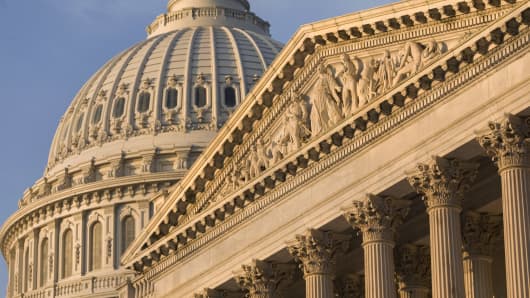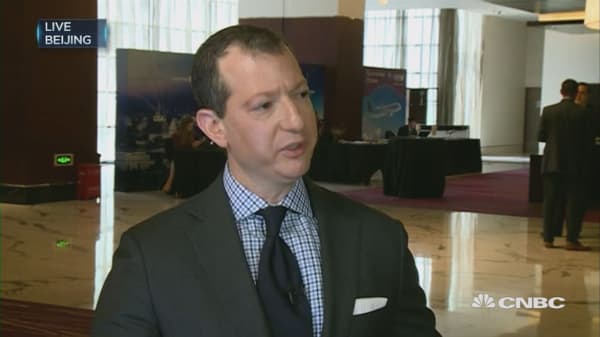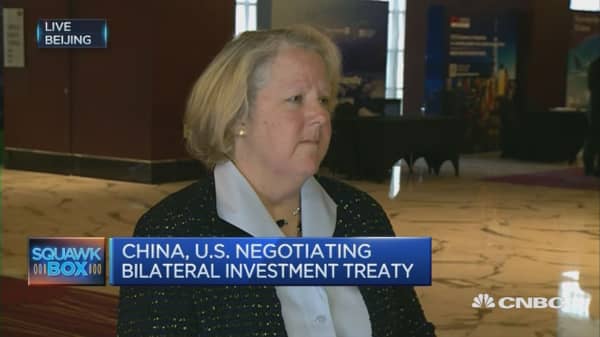Far be it from me to maliciously dwell on the fact that America's running of the world economy last year cost it nearly an entire percentage point of its GDP growth. That would be grossly out of turn at the time when the globalists – led by U.S. government officials -- are having a field day of sorts during the IMF spring jamboree in Washington D.C.
But I cannot reconcile myself with the fact that those systematically running huge trade surpluses between 3 percent and 20 percent of their GDPs are feted as exemplary economic macro-managers and free traders. They should be loudly called out as free riders on Uncle Sam's coattails. Yes, the countries falling in this category are currently amassing a cool $1.3 trillion of net assets, or, if you prefer, beefing up their net global creditor positions.
In the original Bretton Woods international monetary system, these people would be subject to penalties, because the rules set out at that time called for symmetric trade adjustment policies – i.e., both deficit and surplus countries were expected to run roughly balanced external positions. But that sound economic principle of a stable global financial architecture was promptly subverted because, via facti, only deficit countries were forced to adjust as they ran out of money. Surplus countries got a free pass, even though they were (sort of) obliged to stimulate their domestic spending to reduce their trade surpluses and help to balance out the world economy.
That is the process of international trade adjustment that should be upheld and "enforced" by those whom we (the global taxpayers) are generously remunerating to do that job.
Balance the world economy
But let's be fair. Their job has changed. Now, they are there to dispense the free-trade bromides and, as the IMF's managing director said recently, to make money on financial distress in deficit countries.







